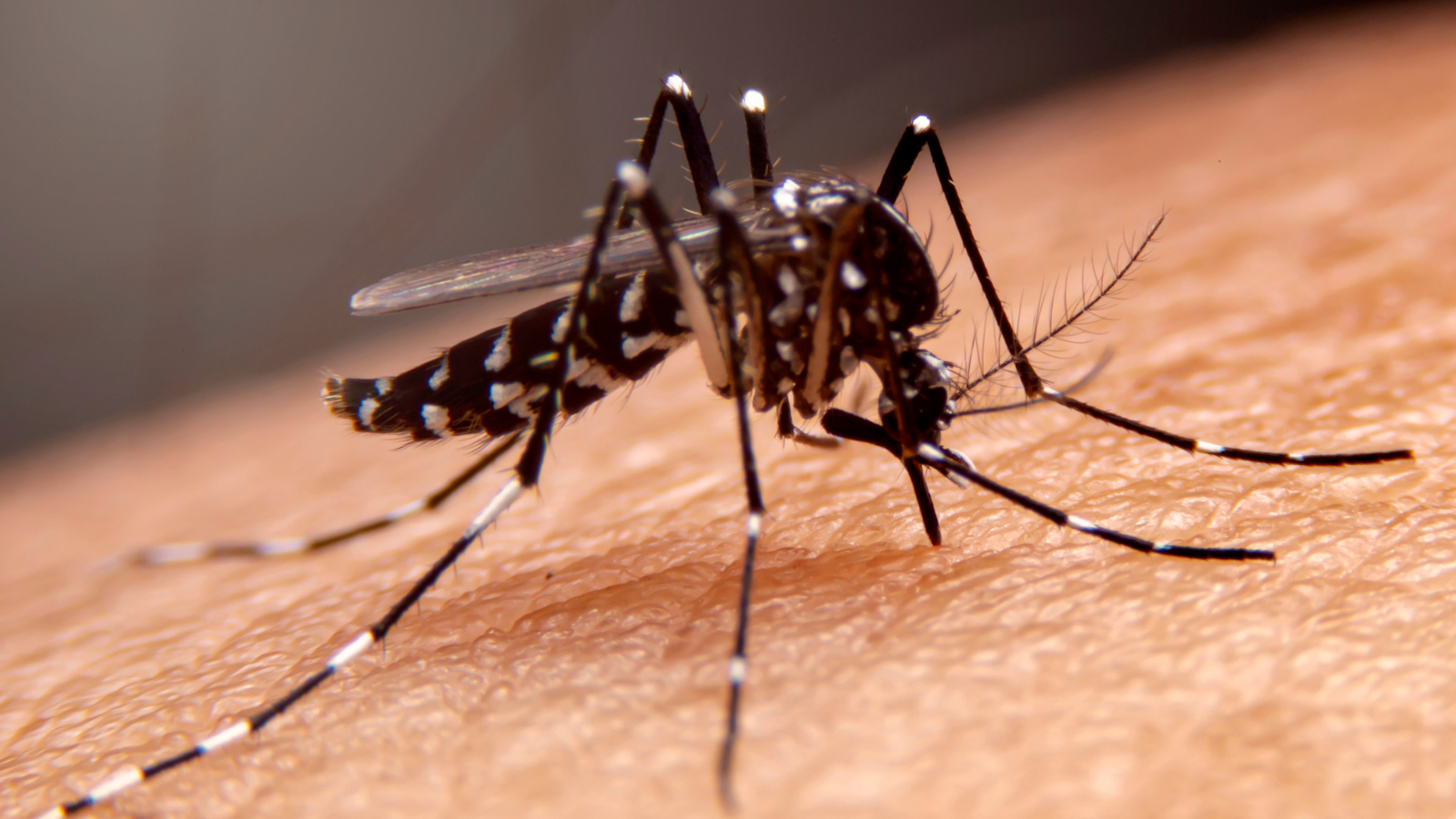Mosquito Viruses Spreading Sooner, Further Due To Climate Change

In recent weeks, the news reports have been constant – mosquito-borne illnesses like West Nile virus and Eastern Equine Encephalitis, also known as EEE, have been found in towns and cities around Connecticut. As scientists trap and test the tiny insects, they’ve found West Nile in bugs in more than a dozen places, with EEE’s presence growing as well.
This is not necessarily something new, as West Nile has circulated in Connecticut semi-frequently in past years since its presence was first detected in 2000. As recently as 2019, schools and sports programs adjusted their schedules and put new procedures in place to prevent the potential spread of the viruses when they were tracked in many communities. But this year, West Nile and EEE arrived ahead of schedule – a trend that may have a concerning pattern.
While West Nile usually grows in prevalence around mid-August, with more tracking seen until autumn temperatures kill off mosquito populations statewide, News 12 Connecticut reported this year got an early start for the illness. This year saw the first infections found in early July – that’s up to six weeks ahead of schedule as Fairfield County, where first reports came out of, usually sees the virus grow in prevalence in mid-August. Last year saw cases in mosquitoes grow beginning in mid-July, while first infections in humans (of which there are thankfully none yet this year)
Several studies have linked the increase in tracked cases among mosquitoes with the effects of climate change. This winter’s unusually mild weather with lots of rain, caused by El Nino, contributed to cases – but conditions like those are expected to be more common in future years, and directly correlate with increased mosquito activity. According to the Environmental Protection Agency, climate change can accelerate mosquito development, biting rates and incubation of diseases they carry; mild winters and drought, as well as bird migration and breeding patterns, impact how West Nile spreads.
In fact, the National Oceanic and Atmospheric Administration and US Centers for Disease Control and Prevention found the largest outbreak of West Nile virus were found in the summer and fall of 2021 in Arizona, with more than 1,500 cases tracked. A wetter-than-average monsoon season in the impacted part of Arizona fostered increased mosquito development, dropping three times as much rain as expected in the region, which maintained mosquito breeding sites and possibly led to a massive increase in the regional mosquito population.
While up to 80% of people who contract West Nile virus will never show symptoms, it can cause serious illness and even death for younger, older and vulnerable populations. EEE is even worse, threatening the lives of up to 30% of people who contract it. Being mindful of mosquito presence can help protect against the insects, as can simple precautions – bug spray, long sleeves, pants and shoes, and performing upkeep in your home (fixing screens) and property (getting rid of standing water) all play a role in keeping mosquitoes away and keeping the rest of your summer healthy and fun.
Posted by Joe O’Leary
Share this page: